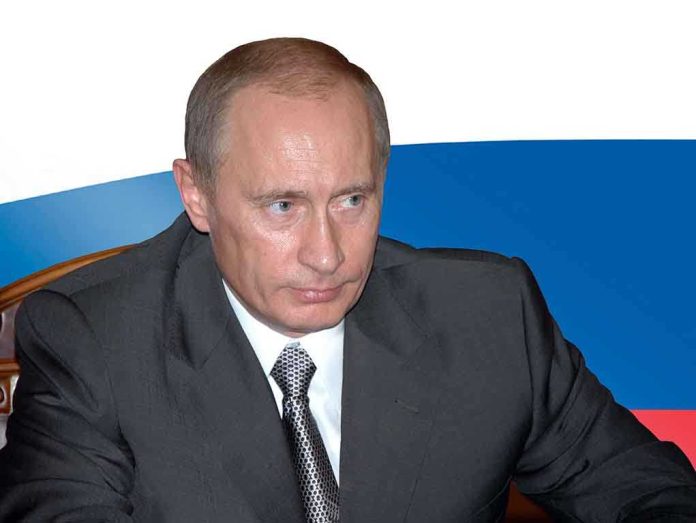
Europe’s security faces an unprecedented threat as intelligence reports confirm Russia’s preparation to deploy massive drone swarms across European borders, while the continent’s promised “drone wall” defense remains paralyzed by political infighting and technical failures.
Story Highlights
- Russian drone activity intensifying along EU borders with swarm deployment preparations confirmed by intelligence
- Europe’s “drone wall” defense initiative stalled by political disagreements and technical integration problems
- Critical infrastructure including energy and transport sectors at heightened risk of disruption
- Frontline states pressing for urgent action while EU/NATO leadership acknowledges “significant hurdles”
Russian Drone Threat Escalates Along European Borders
Russian drone activity has intensified dramatically along European Union borders throughout 2025, with intelligence reports confirming Moscow’s preparation for mass unmanned aerial vehicle deployments. The escalation follows years of Russian investment in drone warfare capabilities, demonstrated effectively through swarm tactics in Ukraine using Iranian-made Shahed drones. European security agencies warn that Russia aims to disrupt critical infrastructure, conduct surveillance operations, and test hybrid warfare tactics against NATO allies. The threat represents a significant evolution from isolated incidents to coordinated, large-scale drone operations targeting European stability.
Multiple incidents since 2022 have demonstrated Russia’s growing boldness in drone operations near European infrastructure. Drone incursions over Norwegian oil platforms and sightings near Baltic military installations preceded the current escalation. Russian officials dismiss these activities as “routine exercises,” while Western intelligence sources characterize them as deliberate attempts to probe European defenses and gather intelligence on critical infrastructure vulnerabilities.
Europe’s Drone Wall Initiative Faces Critical Setbacks
The European Union’s ambitious “drone wall” defense initiative, proposed in September 2024, remains mired in political disputes and technical challenges as of October 2025. The continent-wide defense network was designed to coordinate counter-drone systems across member states, but integration problems have proven more complex than anticipated. Political disagreements over funding allocation and command structure authority have stalled progress, leaving frontline states like Finland, Poland, and the Baltic nations vulnerable to Russian drone incursions.
Technical reviews conducted in September 2025 revealed significant interoperability gaps between national defense systems. Defense analysts warn that Europe’s fragmented approach creates critical vulnerabilities that Russian forces could exploit. Some member states have deployed localized counter-drone systems, but the lack of continent-wide integration undermines collective defense capabilities. EU officials acknowledge “significant hurdles” while reiterating their commitment to the project, though no clear timeline for resolution has emerged.
Strategic Implications for American Security Interests
Russia’s drone warfare escalation in Europe directly threatens American security interests and NATO alliance cohesion. The failure of European allies to coordinate effective defenses against Russian hybrid warfare tactics weakens the transatlantic security framework that has protected Western democracies since World War II. This fragmentation plays directly into Putin’s strategy of dividing NATO allies and undermining collective defense principles that have deterred Russian aggression for decades.
The economic implications extend beyond Europe, as disruptions to European energy and transport infrastructure could affect global markets and American trade relationships. The situation also highlights the broader threat that authoritarian regimes pose through asymmetric warfare, using relatively inexpensive drone technology to challenge conventional military superiority. America’s own critical infrastructure faces similar vulnerabilities, making Europe’s defensive failures a concerning precedent for homeland security planning under the Trump administration’s renewed focus on national defense priorities.
Sources:
Europe’s Drone Wall Dream Faces Political Turbulence and Technical Limits as Russian Threat Grows











